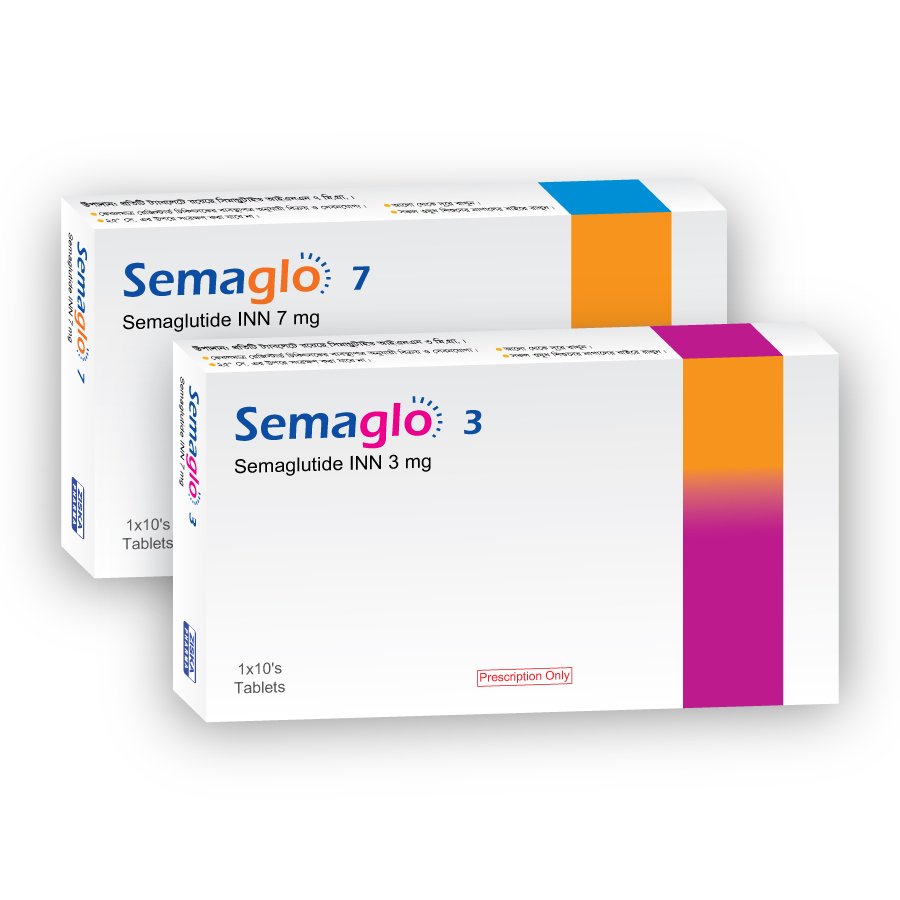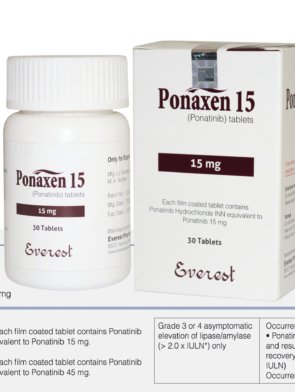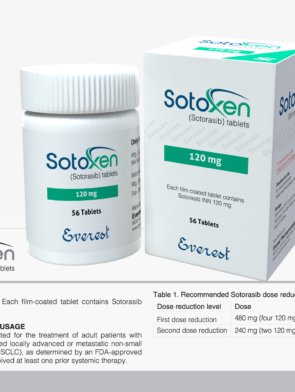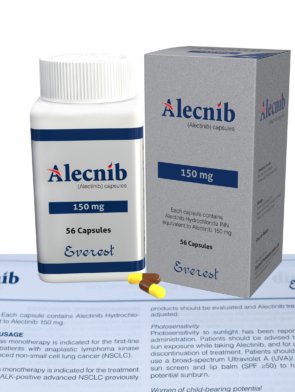Semaglo (Semaglutide) 7 mg
£0.00
- An adjunct to diet and exercise to improve glycemic control in adults with type 2 diabetes mellitus
- To reduce the risk of major adverse cardiovascular events in adults with type 2 diabetes mellitus and established cardiovascular disease
Indications
Semaglo is indicated in-
Composition
0.50 mg injection: Each pre-filled syringe contains Semaglutide INN 0 50 mg in 0.5 ml solution for injection
1 mg Injection: Each pre-filled syringe contains Semaglutide INN 1 mg in 0.5 ml solution for injection
1.7 mg injection: Each pre-filled syringe contains Semaglutide INN 1.7 mg in 0.75 ml solution for injection
2.4 mg injection: Each pre-filled syringe contains Semaglutide INN 2.4 mg in 0.75 ml solution for Injection
Pharmacology
Dosage & Administration
The starting dose is 0.25 mg Semaglutide once weekly. After 4 weeks the dose should be increased to 0.5 mg once weekly. After at least 4 weeks with a dose of 0.5 mg once weekly, the dose can be increased to 1 mg once weekly to further improve glycemic control. Weekly doses higher than 1 mg are not recommended. Semaglutide is to be administered once weekly at any time of the day with or without meals. Semaglutide is to be injected subcutaneously in the abdomen, thigh or in upper arm. The injection site can be changed without dose adjustment. Semaglutide should not be administered intravenously or intramuscularly. The day of weekly administration can be changed if necessary as long as the time between two doses is at least 3 days (>72 hours). After selecting a new dosing day, once weekly dosing should be continued.
Dose adjustment: When Semaglutide is added to existing metformin and/or thiazolidinedione therapy, the current dose of metformin and/or thiazolidinedione can be continued unchanged. When Semaglutide is added to existing therapy of sulfonylurea or insulin, a reduction in the dose of sulfonylurea or insulin should be considered to reduce the risk of hypoglycemia. Self-monitoring in blood glucose is not needed in order to adjust the dose of Semaglutide. Blood glucose self-monitoring is necessary to adjust the dose of sulfonylurea and insulin particularly when Semaglutide is started and insulin is reduced.
Missed dose: If a dose is missed, it should be administered as soon as possible and within 5 days after the missed dose. If more than 5 days have passed, the missed dose should be skipped and the next dose should be administered on the regular scheduled day. In each case, patients can then resume their regular once weekly dosing schedule.
Interaction
Contraindications
Side Effects
Pregnancy & Lactation
Precautions & Warnings
Diabetic ketoacidosis: Semaglo should not be used in type 1 diabetes mellitus or for the treatment of diabetic ketoacidosis.
Pancreatitis: Semaglo should be discontinued promptly if pancreatitis is suspected and it should not be restart if pancreatitis is confirmed.
Diabetic Retinopathy: Patient with diabetic retinopathy should be monitored.
Use in Special Populations
Pediatric population: The safety and efficacy of Semaglo in children and adolescents below 18 years have not yet been established. No data are available.
Elderly: No dose adjustment is required based on age.
Renal impairment: No dose adjustment is required for patients with mild moderate or severe renal impairment. Semaglo is not recommended for use in patients with end-stage renal disease.
Hepatic impairment: No dose adjustment is required for patients with hepatic impairment. Caution should be exercised when treating these patients with Semaglo.
Overdose Effects
Therapeutic Class
Storage Conditions
| Generic Name: | Semaglutide |
|---|---|
| Theraputic Category: | Anti-diabetic |
| Pack Size: | 1×10's |
You must be logged in to post a review.





Reviews
There are no reviews yet.